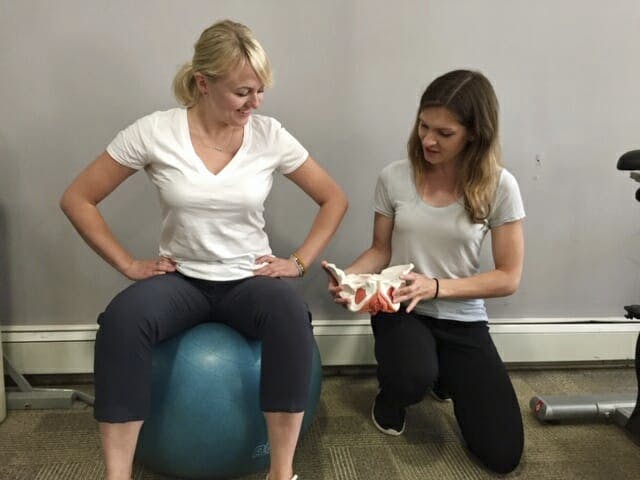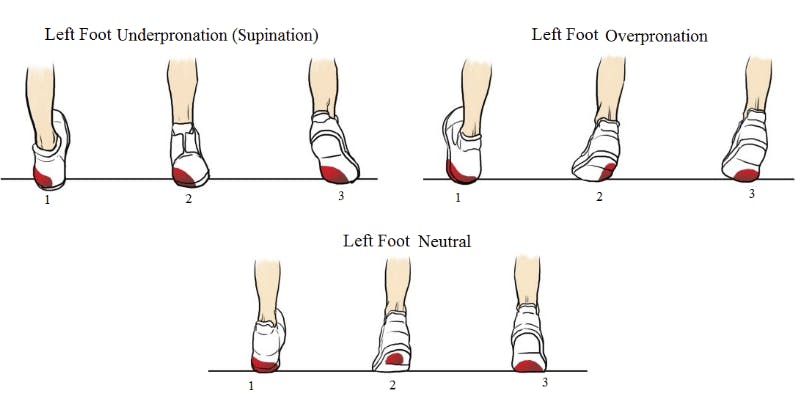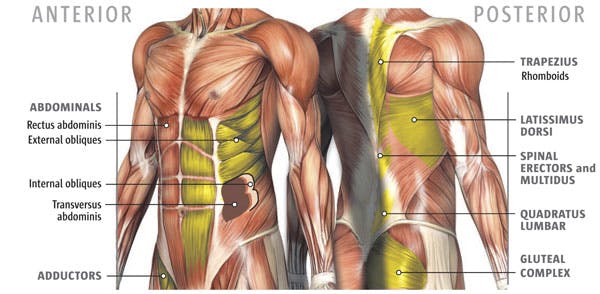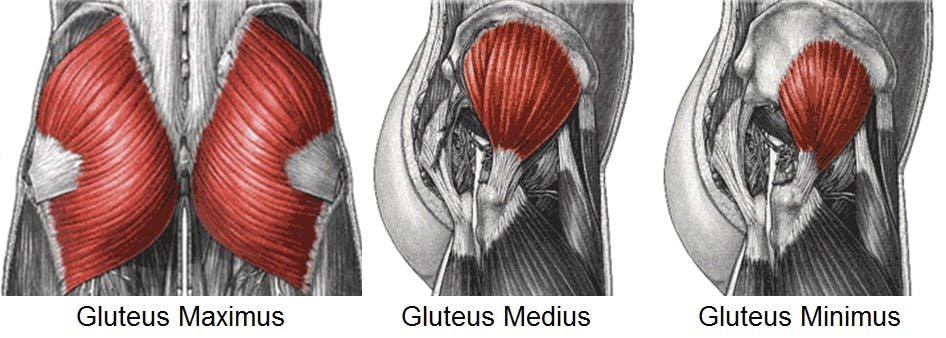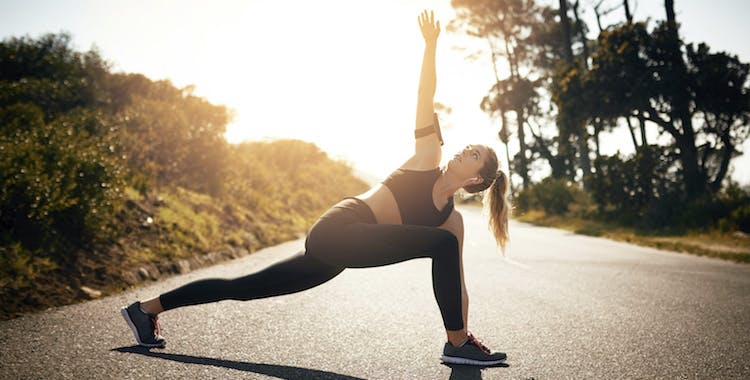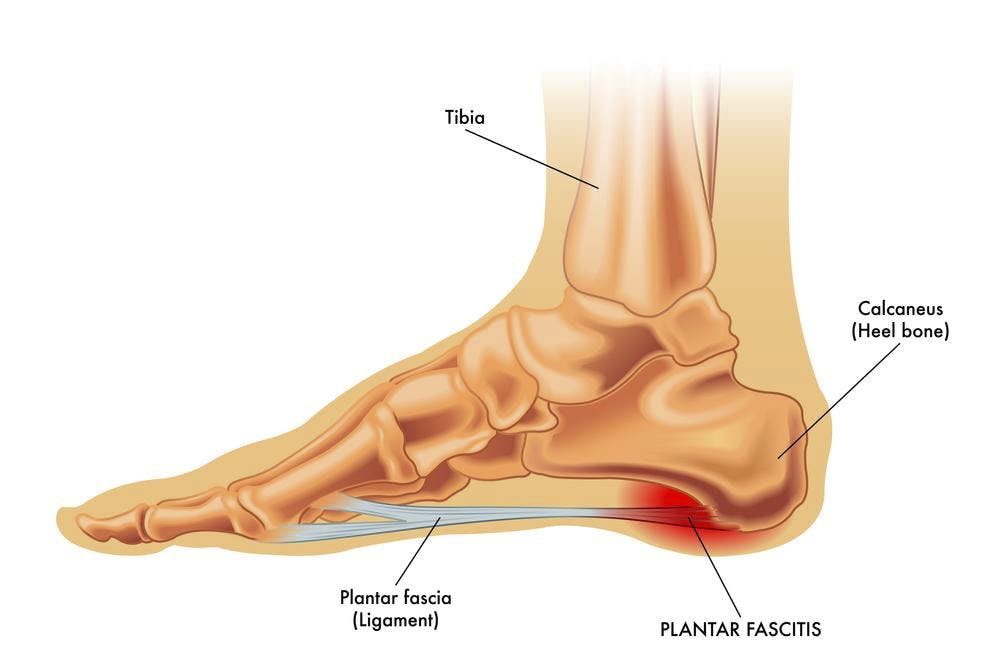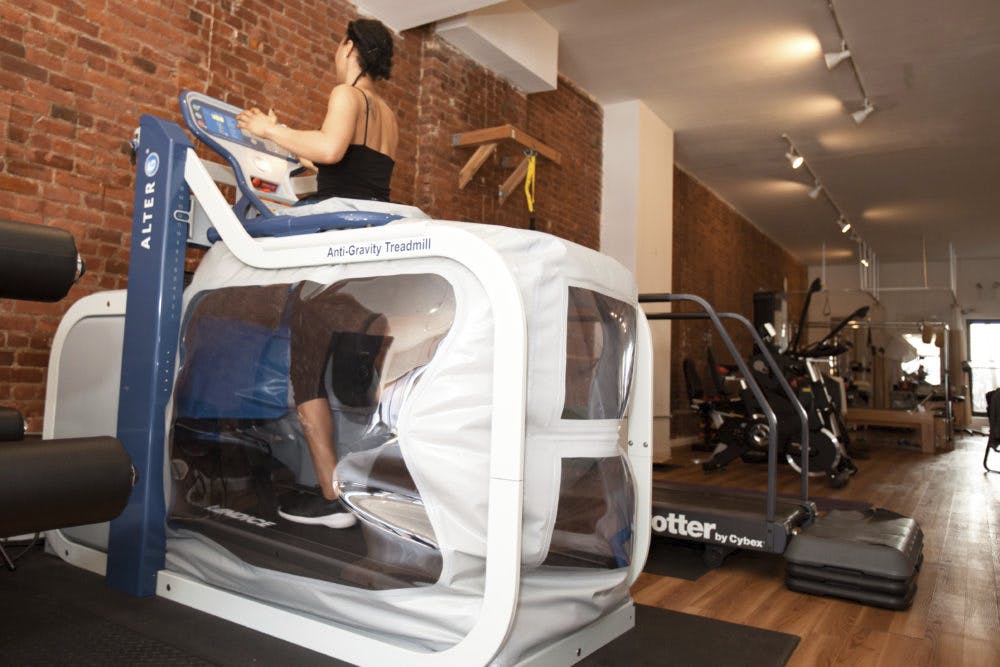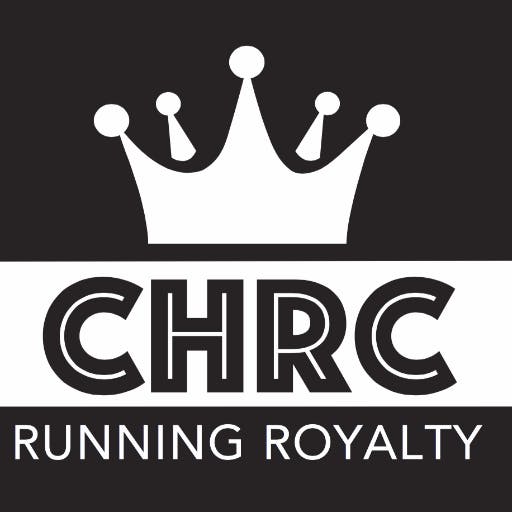Worried that an injury will bring a screeching halt to the runs you enjoy and depend on? It’s the last activity gym-goers can enjoy during the COVID-19 crisis, so running is more important to you than ever. There’s good news: you can do much to stay healthy, keep running, and even hone your fitness.
Physical therapists can analyze what you can do to prevent runners injuries
The injury prevention process starts with a screening known as biomechanical running analysis. This skilled assessment can identify injury-prone running styles, and with a bonus: it can also help you to improve your performance and to make running more enjoyable. Our therapists are specialists in running assessment and injury prevention.
Runners, the time is right. Luckily for us, through the COVID-19 pandemic NYC large parks have remained open, and running has become the only activity regular gym-goers could do. Through the window of our Park Slope facility right now, I can see runners taking advantage of the lush Prospect Park paths. Running has become a badly needed escape from the constant stream of distressing media coverage.
But wait: with other activities curtailed, it also means that maladies associated with running can return: runner’s knee, plantar fasciitis, shin splints to name a few.
You can prevent injuries from running
That said, there is no need to discontinue your running. With some modification you can still enjoy your routine. Because those conditions are often associated with your running style, paying attention to the way you run may help you to resolve them.
A shortlist of common adverse running styles and the negative effects it may have on your selective body parts includes:
- Heel striking
- Forefoot striking
- Side-to-side excessive motion
Heel Striking
If your heel comes first on the contact with the ground, you are a “heel-striker.” Chances are that your knee joint experiences high impact because your hip and knee are not flexing enough to absorb vertical forces. The heel-first contact is also slowing down your weight transfer, thus putting more stress on your shin and the sole of the foot.
Heel-strikers may experience anterior knee pain, shin splints, and plantar fasciitis. They tend to have longer strides and lower cadence. A possible simple solution is to increase the cadence. Set up a metronome on your iPhone to 160 bpm and try to keep up. A higher number of strides per minute leads to faster weight transfer, thus shifting your center of gravity more to the front of your foot.
Forefoot striking
The opposite style of running is landing on the forefoot, the ball of your foot. If your heel is not coming down completely to the ground before taking the next stride, you are placing continuous stress on Achilles and posterior tibialis tendons. Pain in the calf, discomfort behind the heel, and on the inside of the ankle may indicate that one has those conditions. This running style comes with more flexion at the knee and higher arm swing. Changing the stride length or lowering your speed may help to alleviate the issue.
Side-to-side exessive motion
Another common adverse running style is an increased side to side motion. This style is not easily discernible by the subject and would likely require an external observer to confirm. If your leg crosses midline on the run too often it is an indication that the trunk is moving to the side more than it should. Larger than normal displacement your center gravity points out to the weakness of muscles in the pelvic area: hip abductors, back, and abdominals.
My advice is to spend your non-running times working on your core stability and balance. There are plenty of resources on that. Among others, I like Katie Thompson’s piece in Self Motivate on building a strong core.
Three steps to a healthy running routine
Pay attention to these three adverse patterns and you’re well on your way to the healthy running routine we love and the fitness we need during this crisis. Park Sports staff, ourselves athletes, dancers, and others at home in the active life, can fill you in. We welcome you to a consultation. And of course if needed, we are there for you with the best sports rehab in Brooklyn…visit our sports rehabilitation page.
“Don’t dream of winning, train for it!”
Mo Farah, Olympic long distance runner
.png?auto=format&auto=compress&h=150)
